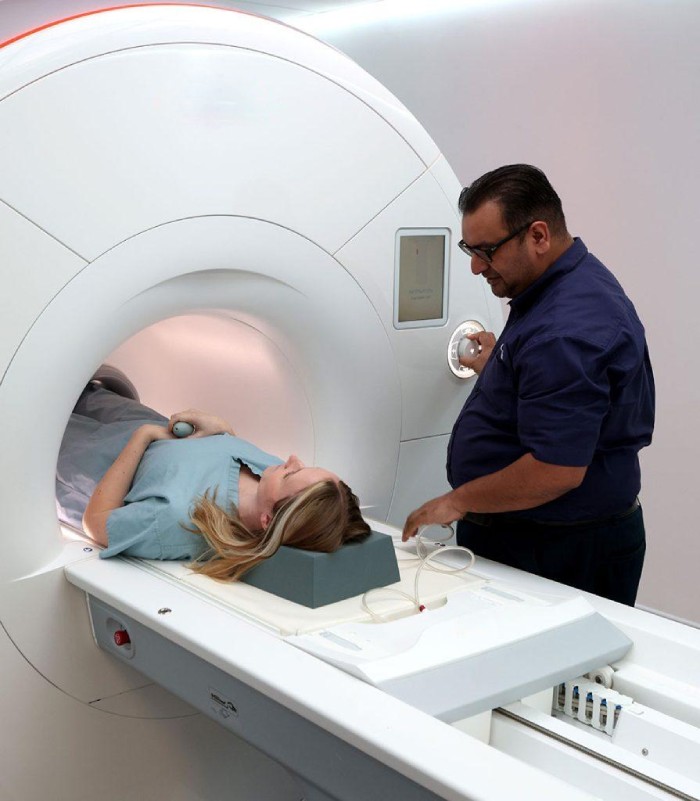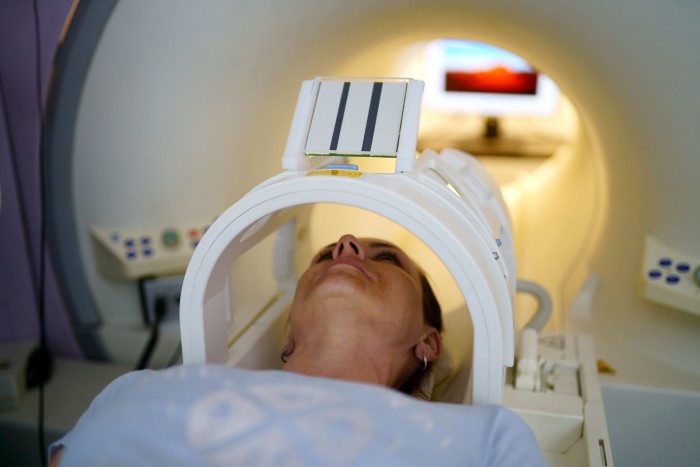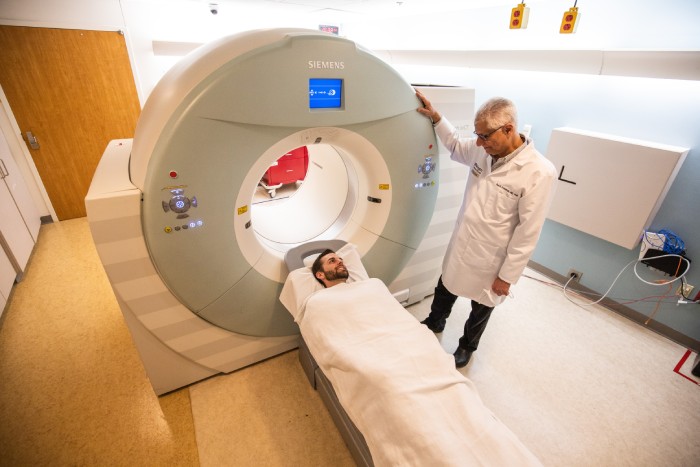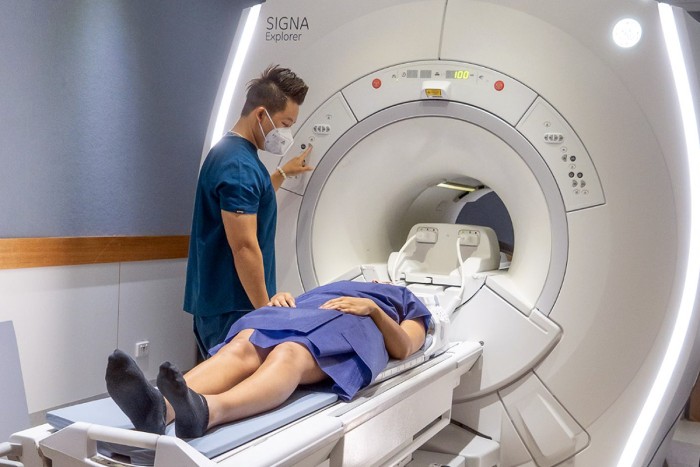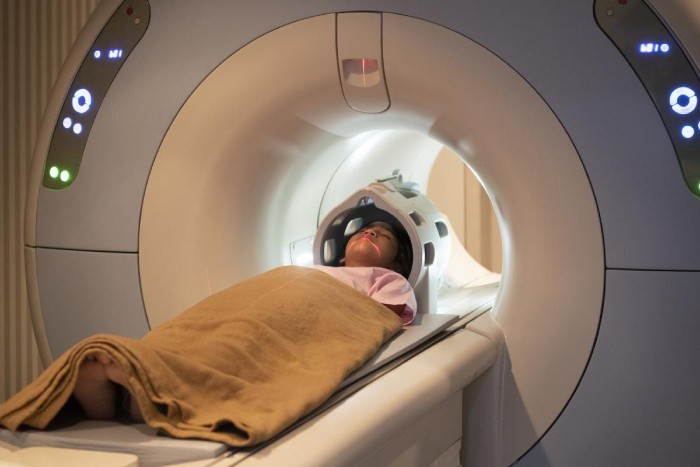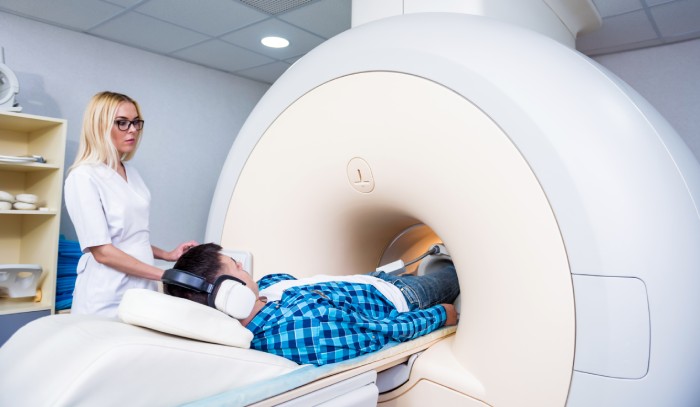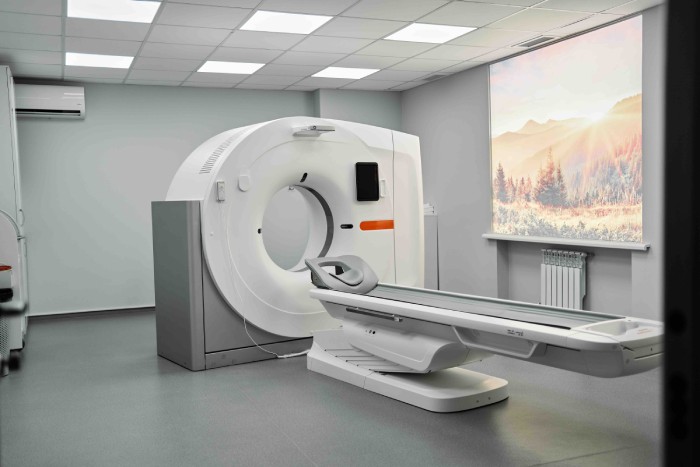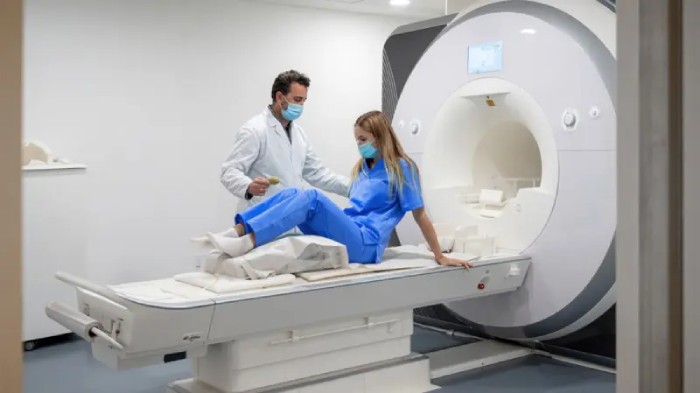Ultra Sounds
Ultrasound, also known as ultrasonography, refers to the diagnostic imaging technique that uses high-frequency sound waves to create images of the internal structures of the body. It is a non-invasive and painless procedure that helps physicians evaluate and diagnose various medical conditions.
Key points about Ultra Sounds include:
- Medical Applications: Ultrasound is widely used in various medical fields. It is commonly used for diagnostic purposes to examine the abdomen, pelvis, heart, blood vessels, and other structures. Ultrasound is also used during pregnancy to monitor the development of the fetus and to detect any potential abnormalities.
- Imaging Process: During an ultrasound examination, a handheld device called a transducer is used. The transducer emits high-frequency sound waves into the body, which then bounce back and are detected by the transducer. These echoes are processed by a computer to generate real-time images on a monitor.
Why Ultra Sounds are helpful?
- Diagnostic purposes: Ultrasounds are widely used for diagnostic purposes to evaluate and monitor the health of organs, tissues, and unborn babies. They can provide detailed images of the abdomen, pelvis, heart, blood vessels, thyroid, liver, kidneys, and other organs. Doctors can use ultrasounds to detect and diagnose conditions such as tumors, cysts, gallstones, kidney stones, abnormalities in the uterus or ovaries, and more.
- Prenatal care: Ultrasounds are commonly used during pregnancy to monitor the development and well-being of the fetus. They can help determine the age of the fetus, check for multiple pregnancies, assess fetal growth and position, and identify any potential abnormalities or birth defects. Ultrasounds also allow parents to see images of their unborn baby, fostering a sense of connection and providing reassurance.
Preparation:
- Confirm the appointment: Make sure you have a scheduled appointment for the ultrasound examination. The healthcare provider will inform you of the date, time, and any specific instructions for preparation.
- Follow dietary instructions: Depending on the type of ultrasound you’re having, you may need to follow specific dietary instructions. For example, if you’re having an abdominal ultrasound, you may be asked to fast for a certain period before the test. This is typically done to ensure a clear image of the organs being examined. Follow any instructions provided by your healthcare provider regarding fasting or dietary restrictions.
Procedure:
- Preparation: Depending on the area of the body being examined, you may be asked to change into a hospital gown and remove any jewelry or clothing that may interfere with the procedure. For certain types of ultrasounds, such as abdominal scans, you might be instructed to avoid eating or drinking for a few hours before the test.
- Positioning: You will be asked to lie down on an examination table, either on your back or in a specific position based on the area being examined. The technician will help you get into a comfortable position and may provide pillows or cushions for support.
Safety:
- Non-ionizing radiation: Ultrasound uses sound waves to create images of the body. Unlike X-rays or CT scans, ultrasound does not involve ionizing radiation, which can potentially damage cells and DNA.
- No known risks: There are no known risks or side effects associated with diagnostic ultrasound when performed by trained healthcare professionals. It does not cause any tissue damage or long-term harmful effects.
Diagnostic Applications:
- Obstetrics
- Abdominal Ultrasound
- Pelvic Ultrasound
- Cardiac Ultrasound (Echocardiography)
- Vascular Ultrasound
- Musculoskeletal Ultrasound
- Breast Ultrasound
- Thyroid and Neck Ultrasound
- Testicular Ultrasound
These are just a few examples of the many diagnostic applications of ultrasound. The versatility of ultrasound makes it a valuable tool in various medical specialties for diagnosing and monitoring a wide range of conditions.
